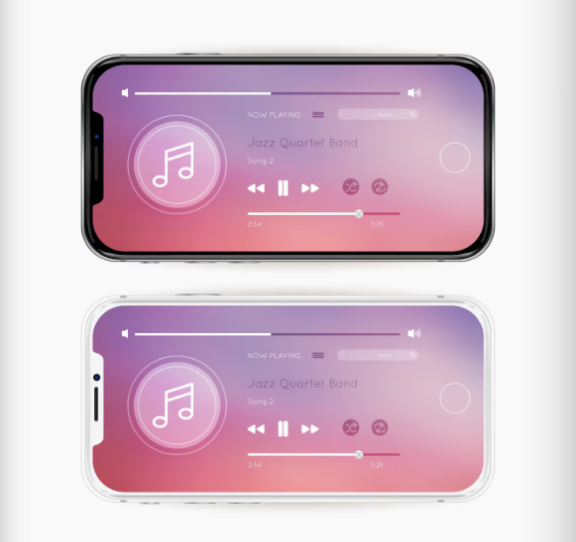In today’s digital age, content creators, students, and professionals alike often find themselves needing just the audio from a video—be it a podcast-worthy interview, a snippet of background music, or lecture recordings. A MP4 to MP3 Converter can simplify this process, allowing you to strip away visuals and retain only what you need: the sound. Whether you’re working with large files or simply want a quick solution, converting MP4 to MP3 has become a practical necessity.
Why Convert MP4 to MP3?
The MP4 format is excellent for multimedia purposes, combining video, audio, subtitles, and more in a single container. However, it’s not always optimal when the goal is portability or minimal file size. MP3 files, known for their small footprint and widespread compatibility, are ideal for smartphones, music players, and even email sharing.
Converting MP4 to MP3:
- Reduces file size for easier storage.
- Enhances compatibility across devices and platforms.
- Allows for efficient reuse of audio in different creative or professional settings.
Features to Look For in a Good Converter
When choosing a converter, speed and audio quality are key—but there’s more beneath the surface. A reliable tool should also safeguard your data and simplify user interaction.
Key features include:
- Fast conversion speeds without compromising audio fidelity.
- Compatibility with various audio bitrates and file formats.
- Support for batch processing, saving time for high-volume users.
- An intuitive user interface that guides users from upload to download seamlessly.
- Built-in encryption or privacy measures for a Secure File Converter
The Process: Simple as It Gets
Most converters today follow a simple three-step process:
- Upload your MP4 file via drag-and-drop or manual selection.
- Select MP3 as your output format and tweak settings if needed.
- Download the converted MP3 file in seconds.
Some platforms go a step further, offering preview options, cloud storage integration, or automatic file optimization. These features not only streamline your workflow but also open doors to more advanced audio editing.
Common Use Cases
MP4 to MP3 conversion is more than a technical chore—it’s a tool of convenience across industries.
- Content creators use it to separate voiceovers or music tracks for reuse.
- Students convert lecture videos into audio notes for on-the-go learning.
- Marketers and businesses extract audio for podcasts, presentations, or internal communications.
- Language learners create MP3s of video dialogues to practice pronunciation anytime, anywhere.
Tips for a Seamless Conversion Experience
To make your conversion journey smoother, start by selecting files that are well-labeled and organized—it saves time during upload and download. Opt for tools that offer customization options, such as adjusting bitrate or trimming audio length. If you’re working with sensitive materials or client content, always verify the platform’s privacy and encryption protocols to ensure a Secure File Converter experience. Lastly, test with a sample file before bulk conversion to check for any compatibility issues or quality loss.
Conclusion: Simplify with iFormat
For those seeking a fast, secure, and user-friendly solution, iFormat stands out with its streamlined interface and cutting-edge technology. Whether you’re an experienced creator or just someone trying to declutter your digital files, this platform make conversion effortless without compromising on quality or data safety. Give it a try and experience the ease of extracting audio with precision and speed.

